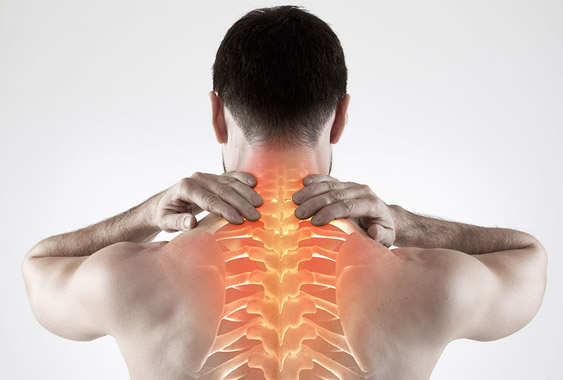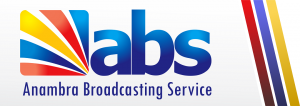WRITTEN BY CHARLES EHIRIM
Our highly civilized world offers many conveniences, particularly in the area of technology, which has made life easier than in the former times. Our standard of living engenders a high price that is paid by many people in form of pain. One of the most important areas affected by this pain is the back.
Pain in the back is categorized into three susceptible areas: the neck, which may later spread to the shoulder, arm and even the scalp. The next is the mid back, which when chronic, could spread across the ribs and underneath breast and could be mistaken for lung disease such as pneumonia or a heart pain. Finally is the waist pain, which when chronic, may later spread to the thigh and leg. Pain in the waist is the most common among three.
Pain in the back is said to be chronic when it exceeds the expected healing stage, which is normally beyond 12 weeks. Pain in the back, especially in the lower back, remains a mystery. It often starts without warning, and for no obvious reason, interferes with the simple activities of living, moving about and disturbing a comfortable night’s sleep.
About eighty per cent of the adult population will suffer from back pain during their lifetime and almost fifty per cent of those who must abandon active work do so because of a significant loss of mobility in the back. Most deformities that afflict the elderly are the effects of long standing back pain, not properly treated, which might have resulted in most victims becoming bed-ridden or wheelchair bound. Back pain is rampant among the old, the young, men and women. It is most prevalent in the middle years
Chronic back pain can be debilitating and the effect devastating, not just for the person living with it but also for the family, friends and careers. Paradoxically, it happens to be an ailment for which people hardly rush to hospital whenever they notice it.
The economic cost to the sufferer is a huge sum but the cost of human discomfort, distress and suffering cannot be calculated in monetary terms. Sitting, standing and walking may become laborious and even impossible and despite the magnitude of the problem, most people do not get adequate and cost- effective treatment. They continue to suffer year after year.
People living with a chronic back pain may become so depressed and in some cases driven to suicide to escape the pain. Many are told that the pain is incurable while others are advised to see themselves as semi-invalids, hence they should avoid bending the body, lifting load and sleeping on beds, riding on okada, climbing staircase etcetera. These should not be.
Unfortunately, even some health care practitioners seem unable to agree on the ideal treatment for back pain. While some advice rest, others recommend exercise. Some believe in pain-relieving drugs. Back pain, according to most health professionals, is a problem that has remained elusive to the medical community. Medicines prescribed for chronic back pain has always been unsatisfactory. Surgical approach goes with its attendant risk. However, studies reveal that less than 10% of back pain patients need surgery.
Despite this confusion, there is specific treatment approach to chronic back pain and several do-it-yourself remedies which meet with almost universal approval. It is only a labour-intensive measure, carried out by a skilled physiotherapist that can provide the back pain sufferer with the necessary physical and emotional assistance for resuming normal life.
Chronic back pain is not a disease, but a syndrome. It is a physical issue and would benefit immensely from good physiotherapy care. With sublime knowledge of anatomy and biomechanics of the back structures, coupled with the usage of appropriate physiotherapy modality or adjuncts, a skilled physiotherapist would bring dramatic relief to the back pain victim.
In this regard, the Back Pain Care Foundation, in partnership with Omega Physiotherapy and Back Pain Clinics, shall embark on physiotherapy outreach programme beginning from February 2019 for Awada; Okpoko; Omogba phases 1 and 2, Nkpor; three-three and Fegge. The programme is free and shall involve sensitization and intervention therapy for victims of neck pain, mid back pain and lower back pain. This is an institutional social responsibility of the Back Pain Care Foundation and her partner, Omega Physiotherapy And Back Pain Care Clinics in alleviating the agonies of back pain sufferers in Onitsha and its environs. A GSM help-line has been provided for those who are in dire need of assistance. Dial 080-332-992-22 or 090-957-908-10.
Commentary: Chronic Back Pain And The Imperatives Of Physiotherapy Care

More




Comments are closed for this post.